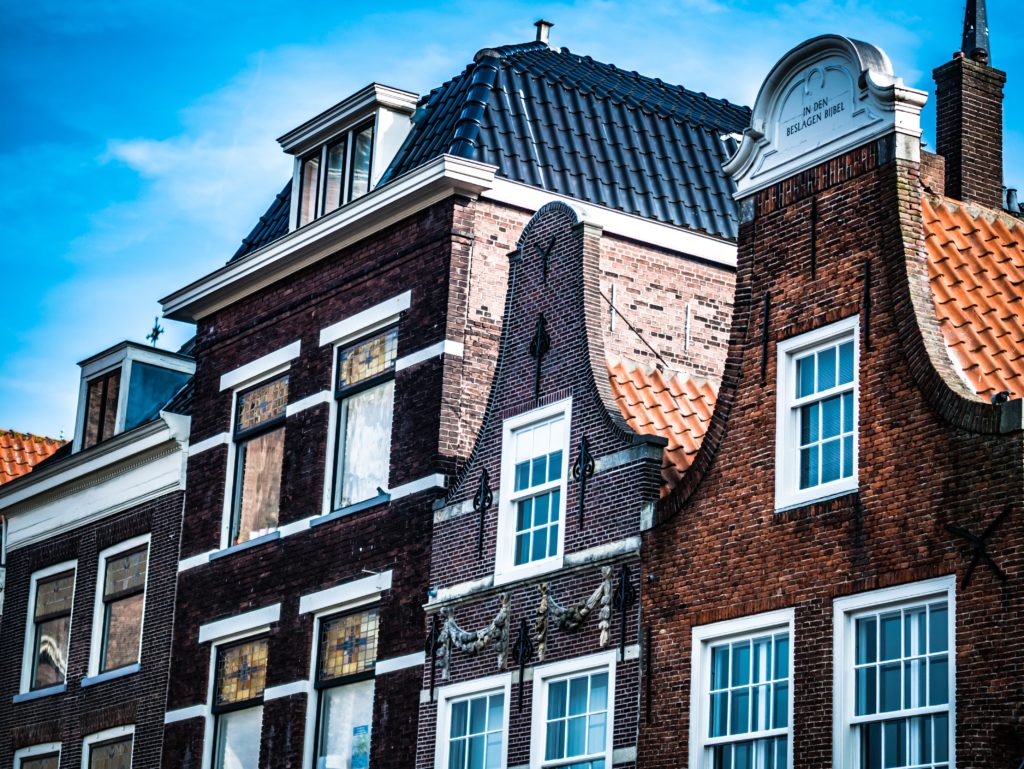Are gas boilers the new diesel cars?
Why Low Emissions Zones for heating could be the next step in achieving a net zero Europe
I need to buy a new car next year. The Brussels region Low Emissions Zone (LEZ) means that my rather battered and polluting diesel 2008 Renault Clio is no longer welcome on its streets. The logic behind restricting the most polluting vehicles is beyond question. The more than 250 cities that have implemented Low Emissions Zones have cut NO2 emissions by up to 32% and saved countless lives. Those numbers will continue to grow as the zones become more restrictive. What’s more, LEZs are popular with Europeans as two-thirds of people approve of them.
Can LEZs also work for heating? Responsible for 40% of Europe’s energy consumption
Cities like Hamburg and Vienna are already starting down a similar path on heating, responsible for about 40% of Europe’s energy consumption. Hamburg is banning oil heating while Energy Cities member Vienna is leading the charge on Positive Energy Districts.
I will likely buy a second-hand electric car for about €10,000 – €15,000. That’s about the same cost as installing a heat pump to replace by gas boiler. Jan Rosenow, from the Regulatory Assistance Project, calculated that replacing a perfectly good gas boiler with a heat pump reduces carbon emissions after just 1.5 years and over a 20 year lifespan a heat pump has just “4% of the operational carbon emissions from fuel use.” (UPDATE: After one year energy bills are 60% lower and 71% less energy consumed per metre squared).

All-heat, no flame – gas-free Europe by 2050
One of the main facilitators of the LEZs has been national deadlines for phasing out petrol and diesel cars. National legislation gives a clear direction of travel and means that the city-based LEZs are simply achieving the same goal on a faster timeline (while allowing plenty of time for the market and citizens to anticipate and adapt).
In the Netherlands they have a clear deadline for getting out of gas by 2050. According to our Dutch members this has greatly helped, and slightly complicated, the conversation with their citizens. Gone are the discussions about simply trying to make current systems more efficient and in their place is a clean slate of new and transformative options. But in some cases leaders now face questions about why there aren’t other countries, and the EU overall, taking the same measures. Despite this the Netherlands are successfully building the impressive, and aptly named, XXL district heating network. Similar clear deadlines for getting out of gas at a Member State or European level would give the political cover necessary for cities to take more ambitious plans for heating Low Emissions Zones.

Heating LEZs and the Renovation Wave – a warm embrace
Heating LEZs and the Renovation Wave are complementary. Fitting a heat pump or building a district heating network for drafty and under-insulated homes is not resource efficient. With a neighbourhood approach to the Renovation Wave property owners can get the support they need to upgrade their buildings and then make the switch to a heat pump or other low-carbon heating options. The virtuous circle here is that the Renovation Wave should also include the expansion of community energy programmes to power heat pumps with local green energy and make a significant local socio-economic contribution in addition to driving emissions down further still.
The age of diesel and petrol cars is ending. It’s time to do the same for fossil fuel heating.
